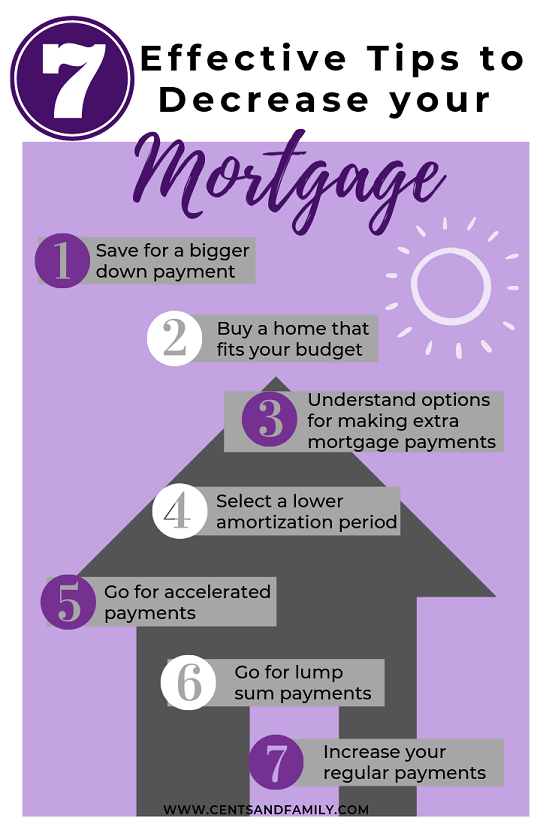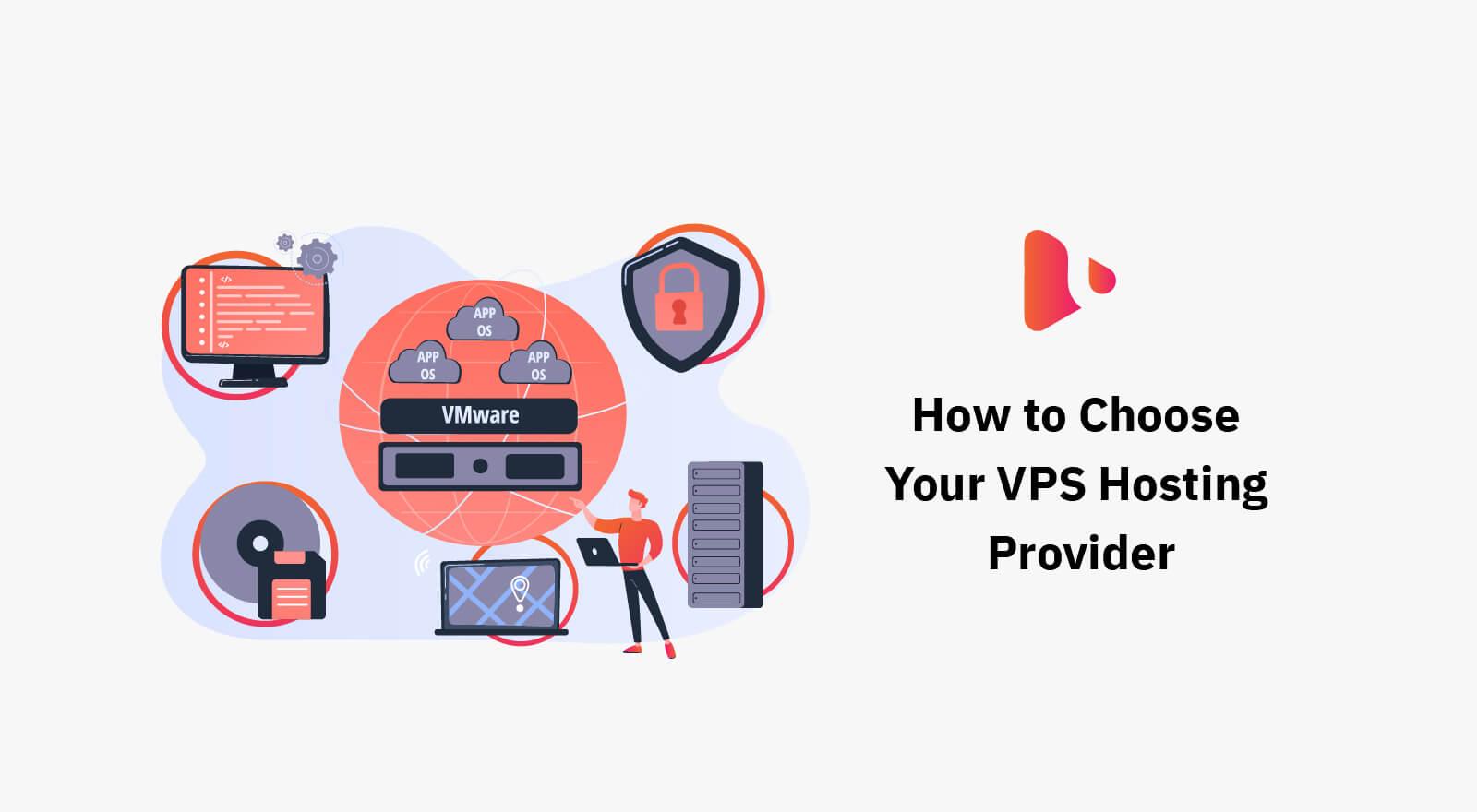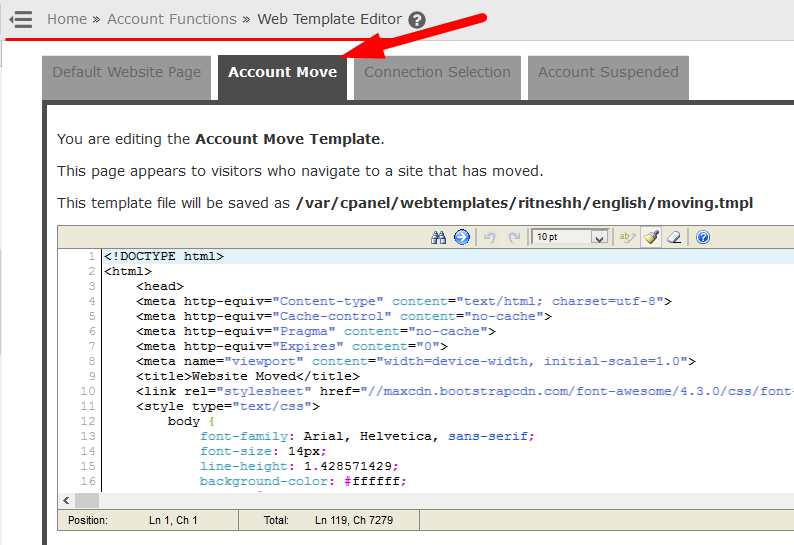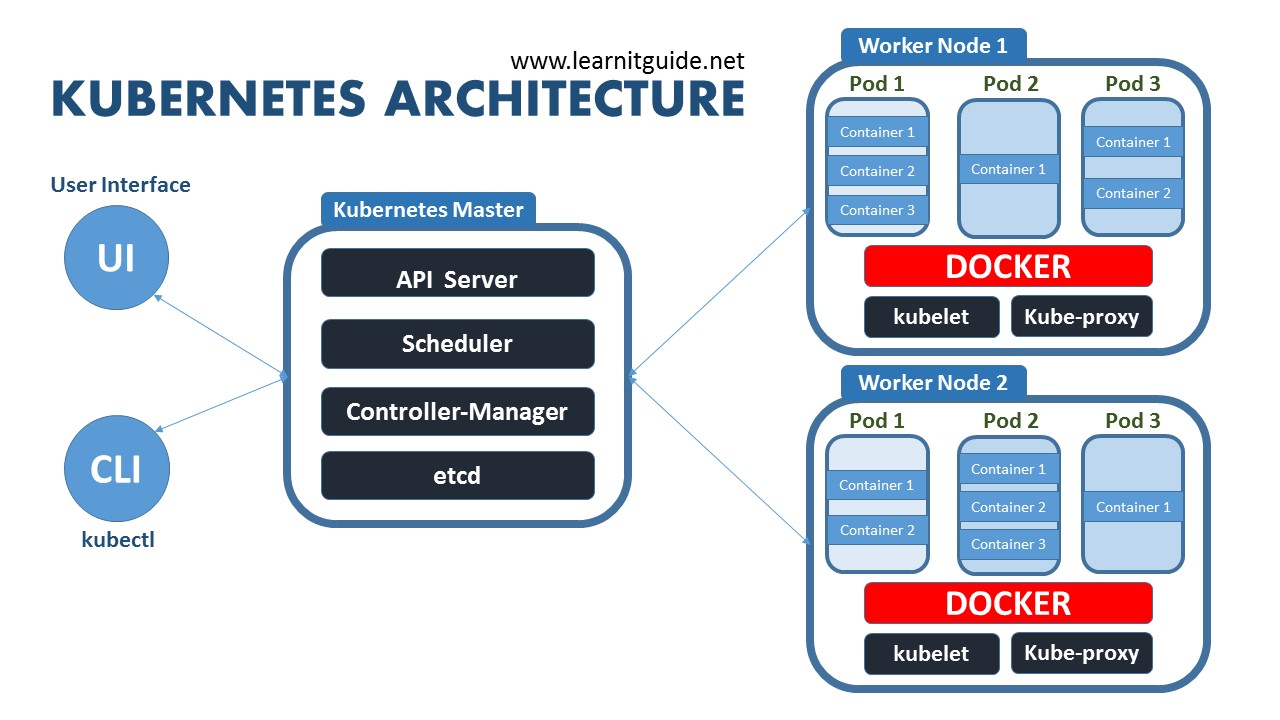When it comes to owning a luxury car, accidents are an unfortunate reality. But what exactly can you expect when you and your high-end vehicle are involved in a collision? Let's take a closer look at the steps you'll need to take to get your car back to its original state.
The Luxury Car Accident Process

After assessing the safety of those involved, the first step is to contact the appropriate authorities and file an accident report. If the damage to your car is severe, you'll need to arrange for it to be towed to a repair shop or dealership for proper evaluation.
Once at the repair shop, a technician will perform a thorough inspection to assess the damage. Luxury cars are made with higher-end materials and advanced technology, which means the repair process can be more complex and expensive than that of a regular car. The technician may need to remove certain parts to fully assess the extent of the damage.
Based on the technician's evaluation, the next step is to determine the cost of repairs and submit a claim to your insurance company. If you have comprehensive insurance, the repair costs may be covered minus your deductible. Be prepared to supply your insurance company with the accident report and any other relevant documentation.
The repair process can take days or even weeks depending on the extent of the damage and the availability of replacement parts. In the meantime, your rental car coverage (if you have it) can help cover the cost of a temporary vehicle.
Shipping Your Luxury Car
In some cases, you may need to ship your luxury car for various reasons, such as relocating or selling it to a buyer who lives out of state or out of the country. Properly shipping a luxury car requires special considerations to ensure it arrives at its destination in excellent condition.
First, it's important to choose a reputable auto transport company that specializes in luxury vehicles. You'll want to research the company's experience and reputation, read reviews, and ask for references from previous customers.
Before the car is shipped, it's essential to have it thoroughly cleaned both inside and out to check for any pre-existing damage and document it with photos. The car should also have a full tank of gas and be emptied of any personal items.
Your chosen auto transport company should provide you with detailed instructions on how to prepare your car for shipping, including any special instructions for disconnecting the battery, disabling the alarm, or preparing the convertible top for transportation. Make sure to follow these instructions closely to ensure the safe transport of your luxury car.
Leasing or Buying a Luxury Car

For many car enthusiasts, owning a luxury car is the ultimate dream. But is it better to lease or buy your luxury vehicle?
When you lease a luxury car, you essentially rent it for a set period, typically two to three years, with the option to buy it at the end of the lease. Leasing offers lower monthly payments and allows you to drive a new car every few years. However, there are restrictions on the number of miles you can drive each year, and you'll need to maintain the car and keep it in excellent condition to avoid additional fees when returning it.
Buying a luxury car offers the benefit of long-term ownership and the possibility of customization. You can modify the car as much as you want without any restrictions. However, buying a luxury car generally requires a significant upfront investment, and the value of the car may depreciate over time.
Ultimately, the decision to lease or buy a luxury car depends on your personal preferences, budget, and lifestyle.
The Scoop on McLaren Ownership

McLaren is a British automotive manufacturer known for producing some of the world's most stunning and high-performance luxury cars. But who actually owns the company?
McLaren was originally founded by Bruce McLaren in 1963 and was later sold to Ron Dennis in 1980. However, in 2018, the company underwent major restructuring and became McLaren Group Limited, with a majority stake owned by Mumtalakat, Bahrain's sovereign wealth fund.
While McLaren is no longer under British ownership, it continues to produce exceptional luxury cars that are enjoyed by car enthusiasts worldwide.
Final Thoughts
Owning a luxury car may come with its own unique set of challenges, but it's an experience worth having for many car enthusiasts. Whether you're dealing with a costly repair after an accident, shipping your car to a new location, or deciding whether to lease or buy, it's important to do your research and make informed decisions. By taking the proper precautions and working with trusted professionals, you can enjoy your luxury car to the fullest.









































